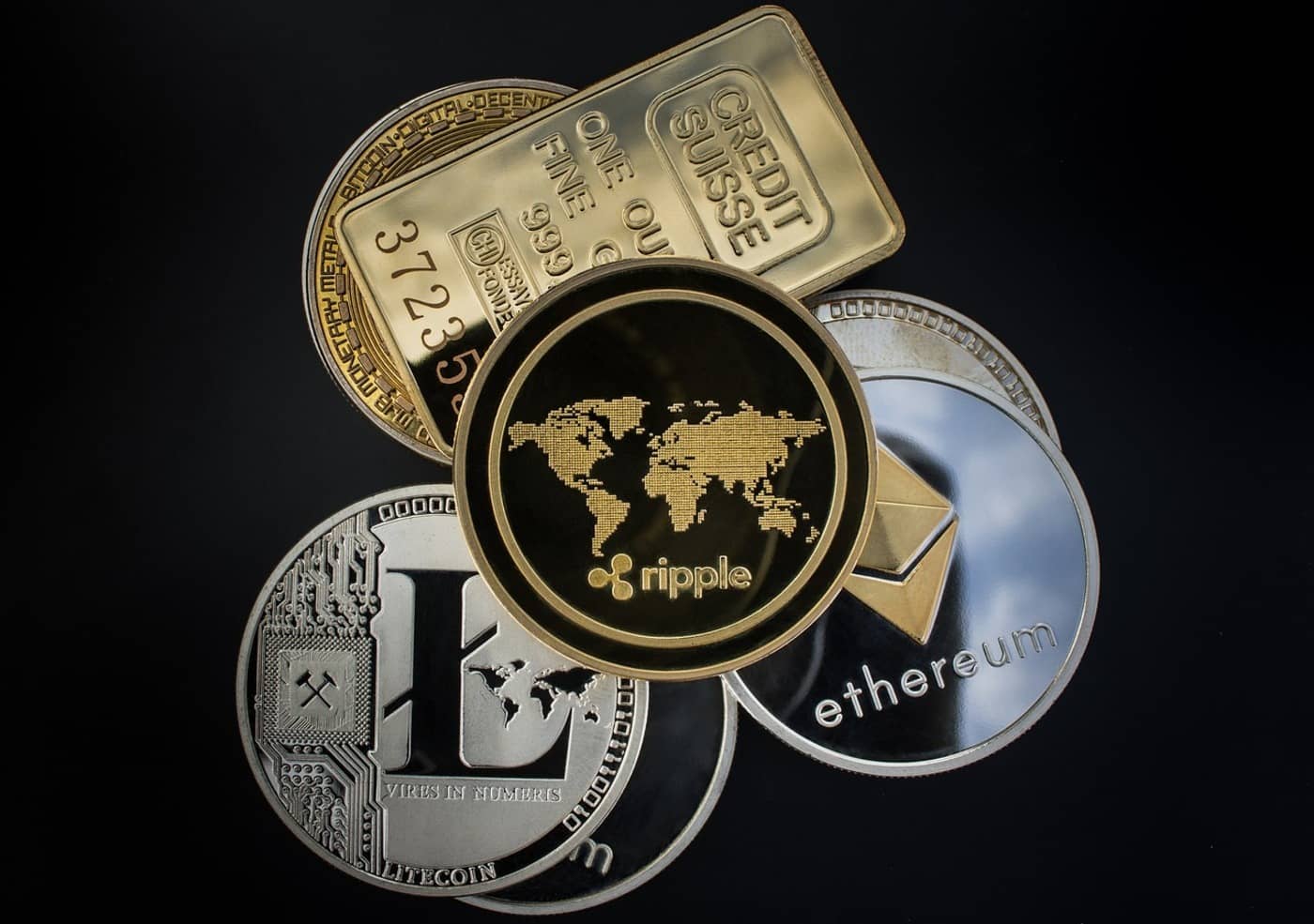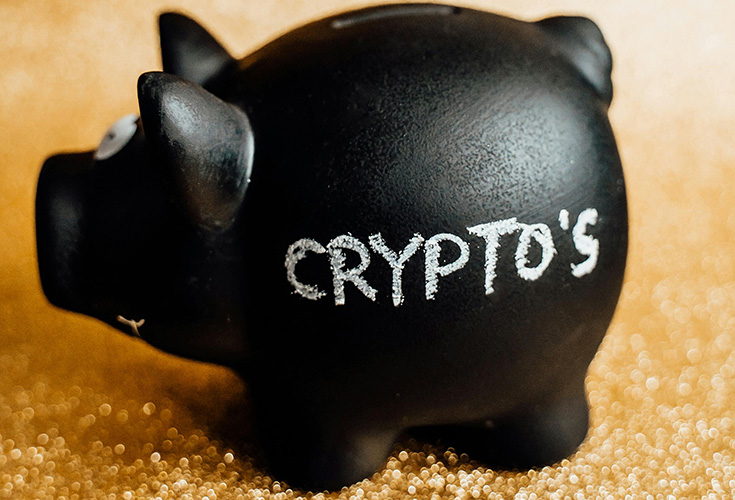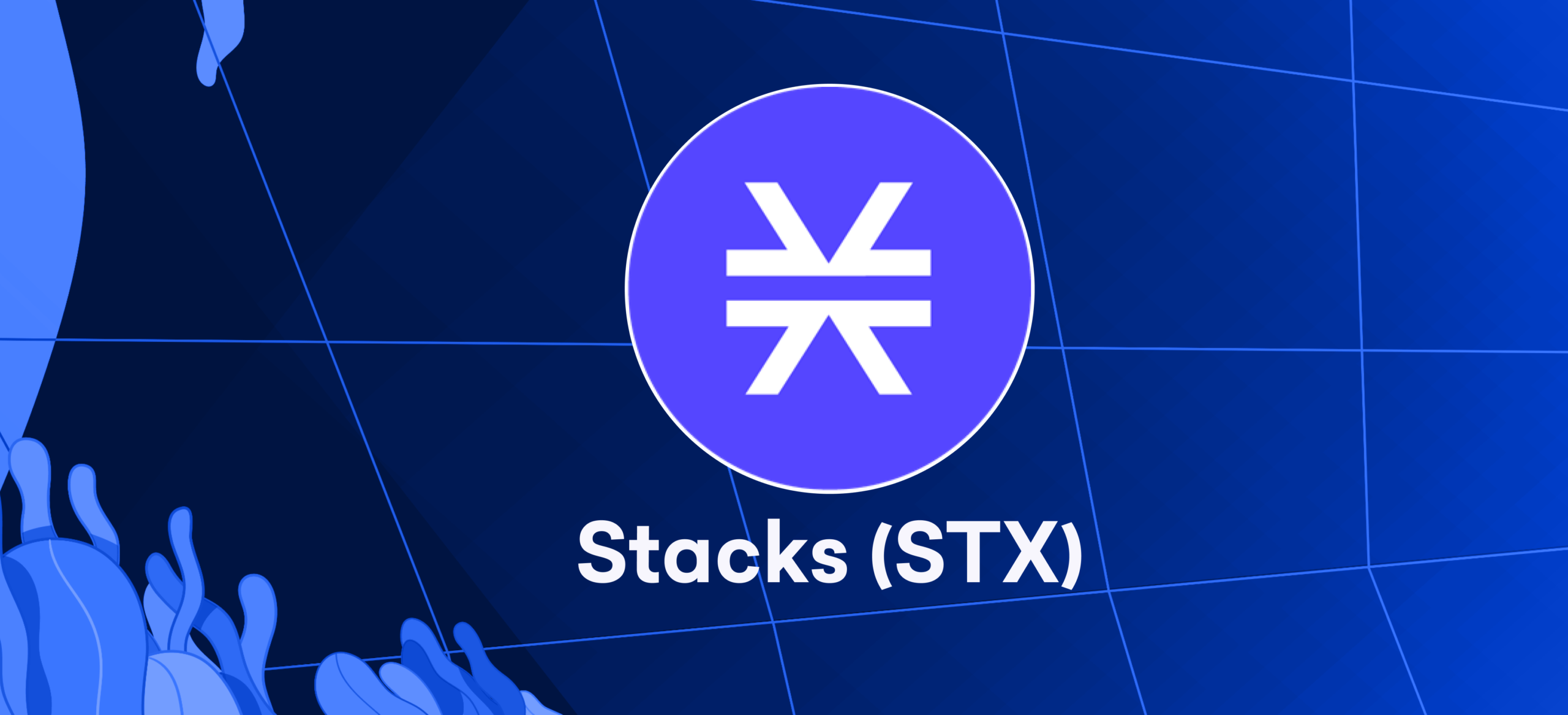
Bitcoin is the world’s oldest, most established, and most traded cryptocurrency. However, there are many cryptocurrencies besides BTC. These are most commonly called alternative cryptocurrencies or altcoins that have been launched after the success of Bitcoin.
Many altcoins may have a better future than Bitcoin due to widespread use. Some altcoins are trying to focus on the perceived problems Bitcoin has and come up with new versions with competitive advantages. Let’s take a closer look at what altcoins are and a brief overview of the most popular ones, the risks involved, and everything you need to know.
What are Altcoins?
The term “Altcoin” is the combination of two words, “alt” and “coin.” Here alt means ‘alternative’ while coin means ‘cryptocurrency.’ Collectively, it describes all cryptocurrencies except Bitcoin. Most coins are built on the same basic framework provided by Bitcoin. Therefore, most altcoins are peer-to-peer and offer a cheap and secure way to make web transactions.
Litecoin was one of the first altcoins and the second cryptocurrency launched in October 2011 by former Google developer Charlie Lee. Although Litecoin is similar to Bitcoin in many ways, it uses a different proof-of-work (PoW) consensus mechanism known as Scrypt. It is faster and consumes less energy than Bitcoin’s SHA-256 PoW consensus mechanism.
Before 2017, Bitcoin represented over 90% of the entire crypto market cap. Most crypto exchanges were called “Bitcoin exchanges,” which allowed users to buy bitcoins with cash. However, if you wanted a coin other than Bitcoin, you usually had to buy it from a separate “altcoin exchange.”
The altcoin exchanges didn’t accept cash, so you had to already have Bitcoin, which you could exchange for the coin of your choice. Today, this system has almost completely disappeared. Most crypto exchanges now have hundreds of different cryptocurrencies, allowing users to buy altcoins with cash. Like other cryptocurrencies and traditional currencies, they can be used for sending and receiving payments as well as investment opportunities.
The most popular altcoins include:
- Ethereum
- Tether
- USDC (US Dollar Coin)
- BNB
- Binance Coin
- XRP
- Cardano
- Solana
- Dogecoin
Pros
- Advanced than Bitcoin
- Faster transaction speeds
- Potential lower costs
- More stability
- Easily accessible
- High potential rewards
Cons
- Lower value than Bitcoin
- Lack of acceptance
- Could be prone to failures or scams
- Some altcoins can also be hard to find
Types Of Altcoins
Depending on the purpose, different types of altcoins are available. There are three main categories: stablecoins, mining-based, and staking-based.
Stablecoin
Since their inception, the trading and use of cryptocurrencies have been characterized by volatility. Stablecoins aim to reduce this overall volatility by pegging their value to an external reference such as fiat currency (such as the US dollar) or gold. If the price changes, the coin issuer will take steps to adjust it.
They are not usually chosen as cryptocurrency investments because stablecoins tend to maintain the same value. Many people use stablecoins to send or save money. By lending or through certain savings protocols, you can make a profit. Tether (USDT), USD Coin, and Binance USD are the best stablecoins.
Mining-based Coins
Some altcoins are created as a result of mining. It is the process by which new coins are created and circulated, and the network confirms new transactions. Mining requires advanced software and hardware to solve complex computational mathematical problems. Basically, the first miner to solve the equation verifies a block of transactions, and in return, the miner receives crypto rewards.
You can earn more profit from mining, but it requires advanced technology know-how, lots of electricity, and expensive equipment. Popular mining-based coins include Solana, Dogecoin, and LiteCoin.
Staking-based Coins
These cryptocurrencies are based on staking to validate transactions and add more coins to circulation. With this process, users, called “validators,” stake their coins in an exchange where they can earn interest on their stake for a specified period of time.
The advantage is that it requires less processing power than mining, making it more accessible to validators. A disadvantage is that investors cannot withdraw or spend coins during the specified staking period. Proof-of-stake altcoins include Cardano, Luna, and Ethereum.
Bitcoin is also a mining-based cryptocurrency.
Altcoins Vs. Bitcoin
The cryptocurrency market is divided into two; altcoins and Bitcoin. Bitcoin was the pioneer and was launched in 2008. Although the first altcoin was released in 2011, it has gone a step further with some additions and unique features. In terms of costs and transaction speeds, many altcoins are superior to Bitcoin.
You can mine them using a less sophisticated computer than the one needed to mine bitcoins. Altcoin mining is easier and faster. For example, Dogecoin mining takes a minute to create a new Doge, while Bitcoin mining takes about 10 minutes.
Apart from stablecoins, altcoins offer higher risks and benefits in cryptocurrency investments. Bitcoin has already gained significant market capitalization, and while altcoins have a lot of room to grow, they are also more likely to fail. Bitcoin is a well-known cryptocurrency held, bought, and traded the most.
Investing In Altcoins
If you’re interested in investing in crypto beyond Bitcoin, altcoins may be the way to go. Investing in these coins is a big question for beginners. They are cheaper than bitcoin and can be considered attractive as they can see big price increases if they catch on.
There are significant downsides to buying altcoins. Since so many of them exist, it is difficult to choose the best altcoin for investment. Their lower trading volumes and smaller market cap make them susceptible to pumps and dumps. The price and momentum of Bitcoin largely influence them. However, investing in them can be risky or rewarding, so research everything about the altcoin you want to invest in.
How To Buy Altcoins?
A huge number of altcoins are available in the market. You should only purchase top coins such as Solana, Cardano, and Ethereum to minimize the volatility risk. Once you’ve decided which altcoin is best for you, buy it from a reliable digital currency exchange like Binance. Trading platforms differ in terms of reliability, liquidity, transaction fees, security level, management process, etc. So search first before creating an account.
Some exchanges allow you to buy altcoins using fiat currency, and others offer these coins in exchange for cryptocurrencies. In the second case, you must create a crypto wallet supporting altcoins. After purchasing a supported cryptocurrency, you can exchange it for altcoins on the platform of your choice.








